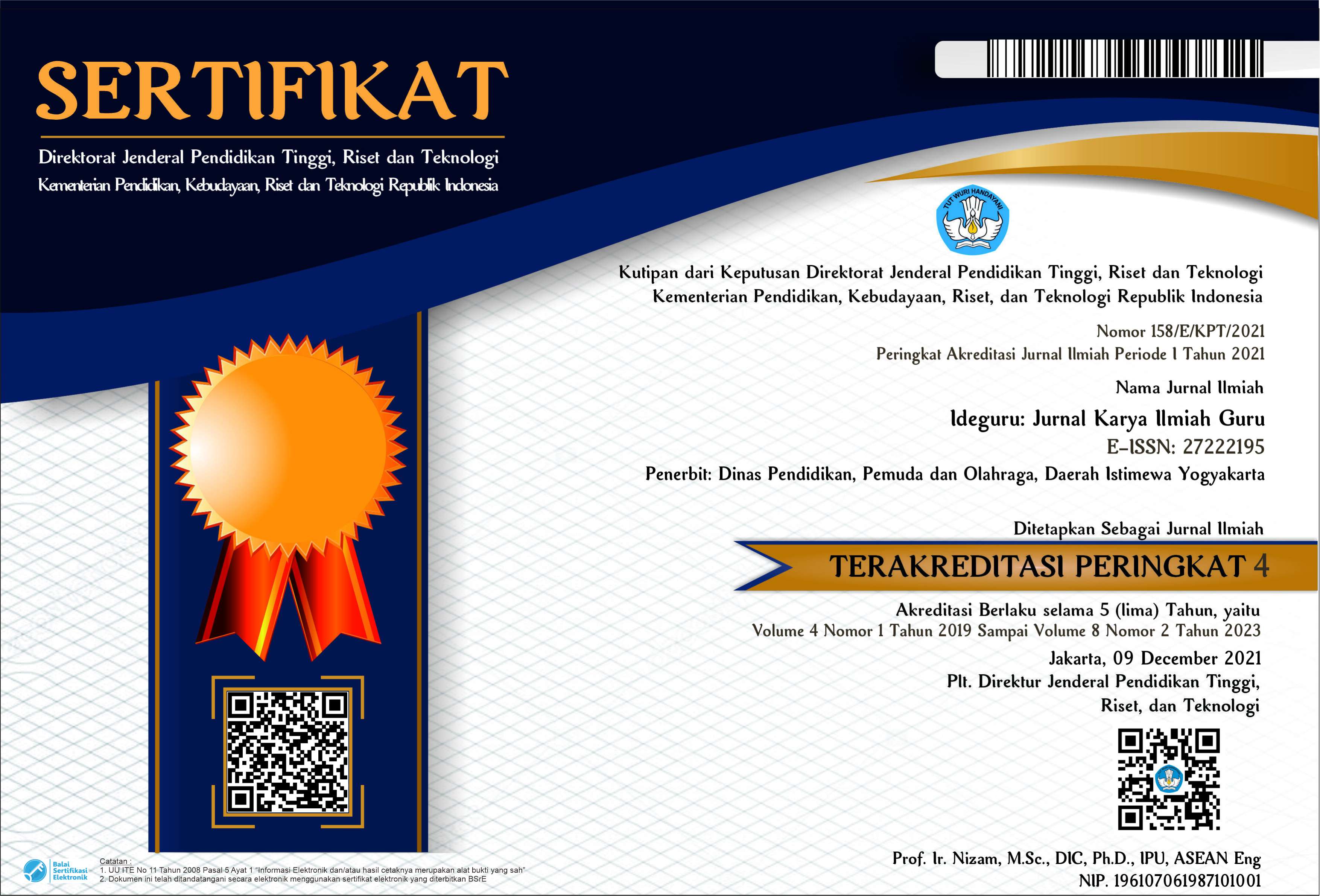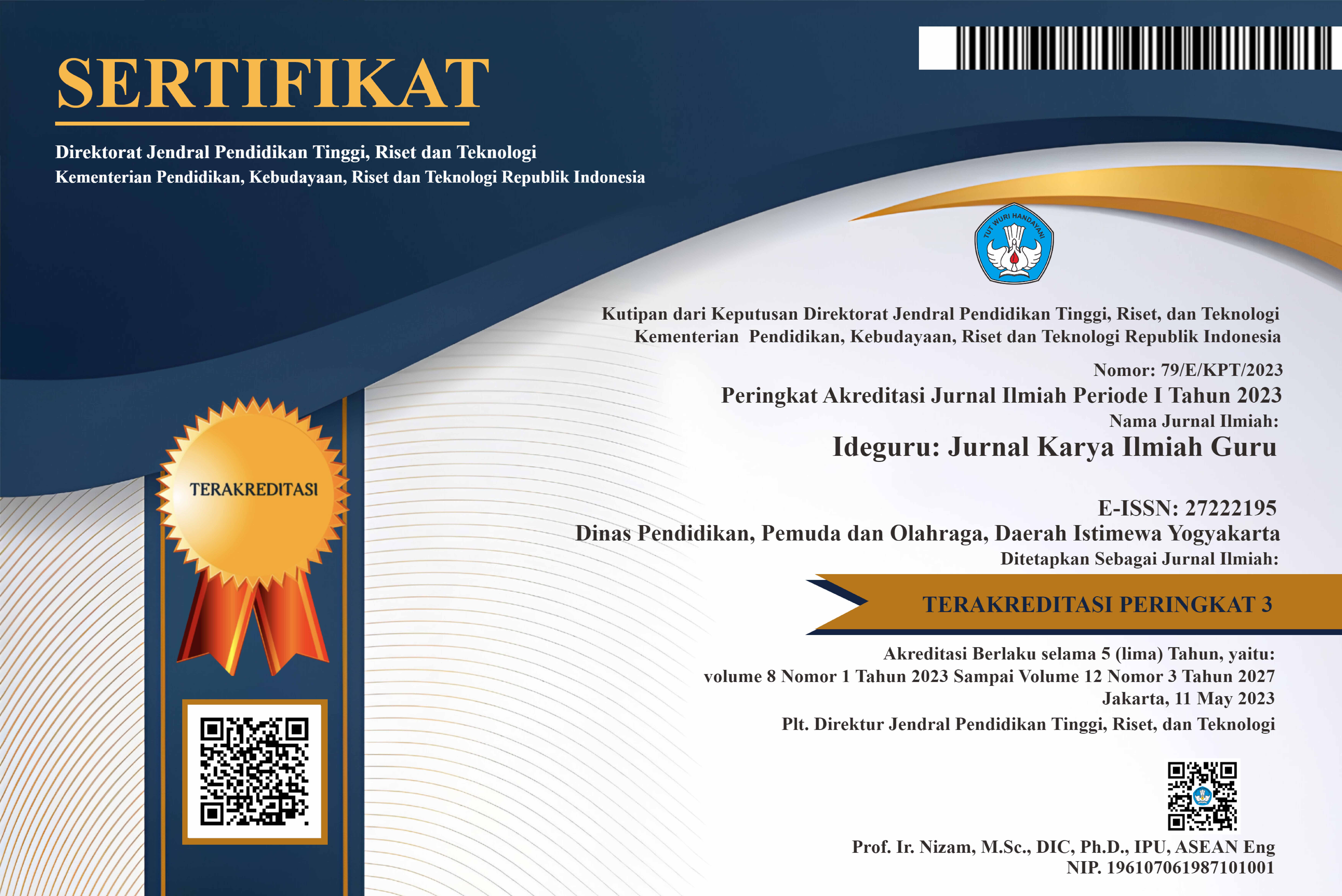Implementation of Revised Bloom Taxonomy in Developing Chemistry Questions in the Domain of Knowledge
Abstract
The application of the revised Bloom's taxonomy in the development of chemistry problems in the domain of knowledge is still difficult for some chemistry teachers. This paper is a practical study of the preparation of learning objectives and the development of chemical items by applying the revised Bloom's taxonomy which includes three domains, namely knowledge (cognitive), attitude (affective), and skills (psychomotor). This paper is focused on the preparation of learning objectives and the development of chemistry items for the assessment of the domain of knowledge which includes the levels of remembering, understanding, applying, analyzing, evaluating, and creating. The six cognitive processes are sequential from the lowest cognitive processes to the highest cognitive processes called C1-C6 cognition processes. The methodology in this paper consists of three steps, namely examining the meaning of each level of cognition in the revised Bloom taxonomy, developing learning objectives that are in accordance with the cognitive level being studied and continuing with the arrangement of the problem items in chemistry subjects. The strengths of this study are very helpful for chemistry teachers in developing learning objectives and chemistry questions in the domain of knowledge based on the revised Bloom taxonomy, because this study is equipped with descriptions of each cognitive process, examples of learning objectives and appropriate question items. Examples of questions given in this paper are multiple choice types and essay tests, because each type of question has its advantages. The result of this study is that the application of the revised Bloom's taxonomy to the development of chemical problems requires an understanding of each level of the cognitive level in the revised Bloom's taxonomy, as the basis for developing learning objectives and the appropriate problem questions.
PDF Downloads
Copyright (c) 2021 Bekti Mulatsih

This work is licensed under a Creative Commons Attribution 4.0 International License.

 DOI:
DOI:














